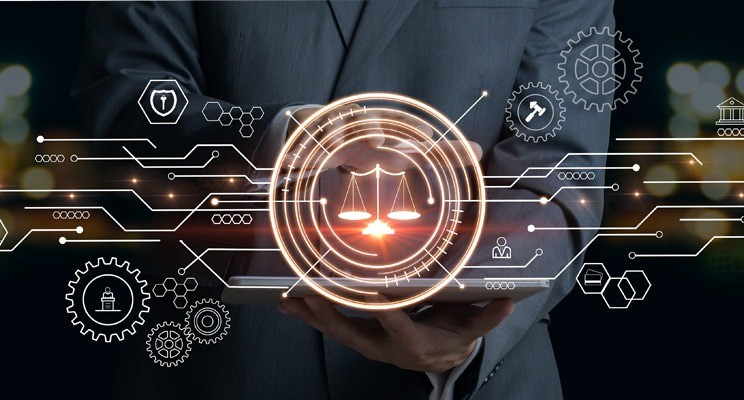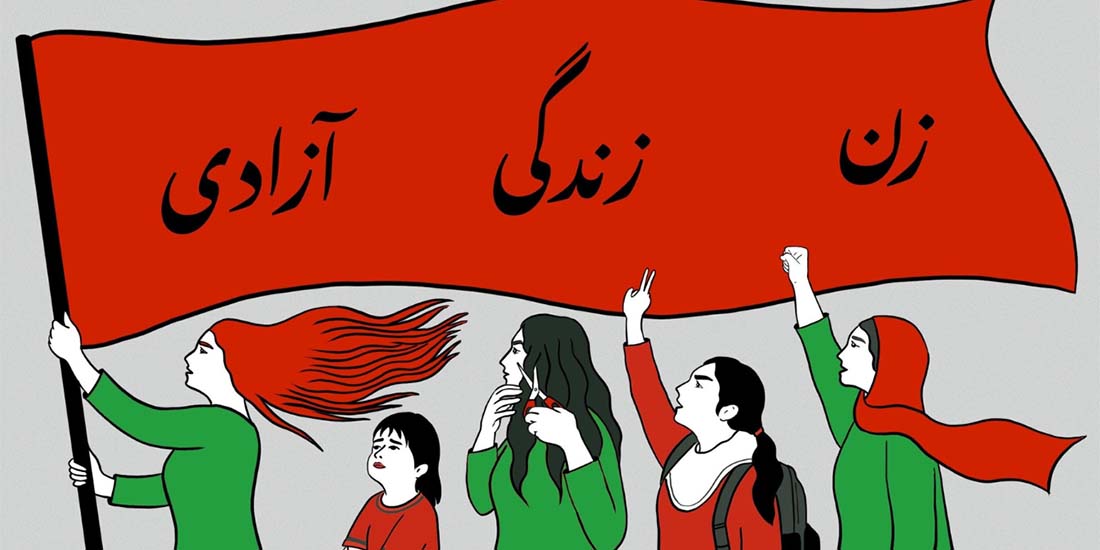The Digital Bridge: Empowering Immigrants Through Technology
The Digital Bridge: Empowering Immigrants Through Technology
In today’s rapidly evolving digital age, technology is revolutionizing how immigrants and refugees navigate their new lives in foreign lands. Technology is a valuable tool that increases interconnectivity and empowers change and progress. Technology is a bridge that facilitates resources, support networks, and opportunities for all. This article explores the profound impact of technology on their lives, focusing on how it enhances their access to information, emotional well-being, language barriers, advocacy, and legal support.[1]
Information Discovery
In the past, obtaining crucial information as an immigrant or refugee was a daunting task. It primarily relied on word-of-mouth or printed materials, which were often unreliable, language-limited, and outdated. However, with the advent of the internet, smartphones, computers, apps, websites, and cutting-edge technologies like Artificial Intelligence, immigrants and refugees can access a wealth of information at their fingertips.[2]
This digital transformation empowers newcomers to make informed decisions and tackle the challenges in their host countries more effectively. While some may still require professional assistance, the process has become more reliable, up-to-date, and efficient. The technology-driven access to knowledge significantly contributes to the success of immigrants and refugees as they build their new lives.[3]
Balancing Emotions
One of the challenges immigrants and refugees face is maintaining emotional well-being, especially when creating physical connections in a new society takes time. Technology, particularly through social media platforms, offers a lifeline for these individuals to stay connected with their friends and loved ones back home.
Furthermore, social media has made the world a smaller place, facilitating cultural exchange and enabling immigrants to learn about their new homes. As someone who immigrated at a young age, I remember writing lengthy letters to my family back home and ultimately the joy of our first video call through Yahoo Messenger after years of separation. Today, I hardly go a day without talking to my family, and it feels like they are just a few steps away.
This connectivity with family and friends and the opportunity to make new connections plays a vital role in immigrants’ and refugees’ emotional well-being, helping them cope with the challenges of their new lives. [4]
Linguistic Hurdle
Language barriers often pose significant challenges to immigrants and refugees.[5] While younger individuals might find it easier to adapt to a new environment, make connections, and learn the native language, older individuals may struggle. Here is where technology steps in.
Translating and language-learning apps have proven to be game-changers in this regard. They assist individuals in adapting to their new surroundings, communicating effectively, and accessing essential services. These advanced tools make it easier for older individuals to connect with others and learn the new language more swiftly, ultimately facilitating their integration into their new communities.
Active Advocacy
Technology’s most critical role in the lives of immigrants and refugees is its ability to connect them with advocacy and support networks. Online forums, legal aid services, and platforms for raising awareness about their experiences and situations have become accessible, empowering immigrants and refugees to advocate for their rights and needs.
Through online campaigns and social media, technology enables immigrants and refugees to amplify their voices, influence public opinion, and shape policies that impact their lives. The ability to mobilize and connect with others who share their experiences and challenges is a powerful tool that technology provides, giving immigrants and refugees a platform to actively participate in their adopted societies.
Smarter World
Legal fees are often a significant burden for immigrants and refugees.[6] Technology, particularly Artificial Intelligence, is changing the landscape of legal support for this community. Law offices can leverage advanced technologies to streamline their processes, reducing working hours and consequently lowering costs.
AI-powered translating apps are replacing the need for human translators, providing cost-effective solutions for language barriers in legal matters. These technologies can also answer common immigration questions and guide clients through complex application processes, saving them time and money.
Moreover, AI equips immigrants with the knowledge and tools to navigate intricate legal environments, helping them make more informed decisions at critical junctures. Technology is making it easier for immigrants and refugees to secure their legal rights and status in their new homes by reducing the financial strain associated with legal procedures.
Conclusion
Technology is the digital bridge that empowers immigrants and refugees as they embark on new lives in foreign lands. It offers them opportunities, support, and comfort in unfamiliar surroundings. Access to timely, cost-free information is crucial for their success, and advanced technologies play a pivotal role in this process.
The transformation of immigrants’ and refugees’ lives through technology is undeniable. It enables access to information, fosters emotional well-being through connectivity, bridges language barriers, facilitates advocacy and support, and streamlines the legal process.
Immigration is a complex and resource-intensive journey, and these advanced technologies are shaping the lives of immigrants and refugees, making it easier for them to settle and thrive in their new countries.
In this interconnected digital world, technology serves as a beacon of hope for those seeking a better future in foreign lands, shining a light on their path toward integration and success.
[1] Amanda Alencar, Technology Can Be Transformative For Refugees, But It Can Also Hold Them Back, MPI (July 27, 2023), https://www.migrationpolicy.org/article/digital-technology-refugees
[2] Amanda Alencar, and et al., The Smartphone as a lifeline: An Exploration of Refugees’ use of mobile communication technologies during their flight, MEDIA, CULTURE & SOCIETY 42(6):828-44, chrome-extension://efaidnbmnnnibpcajpcglclefindmkaj/https://journals.sagepub.com/doi/pdf/10.1177/0163443718813486
[3] Prince Chiagozie Ekoh, and et al., Understanding The Impact Of Digital Technology On The Well-Being Of Older Immigrants And Refugees: A Scoping Review, SAGE (Aug. 30, 2023), https://journals.sagepub.com/doi/10.1177/20552076231194947#:~:text=Digital technology also helped older,activities of interest to them
[4] Sayyed Fawad Ai Shah, and et al., Family Separation And The Impact Of Digital Technology on The Mental Health Of Refugee Families In The United States: Quantitative Study, NIH (Sept. 3, 2019), https://www.ncbi.nlm.nih.gov/pmc/articles/PMC6751097/#ref11.
[5] Harnessing The Power Of AI: Empowering Refugees And Immigrants In Their New Countries, FELT EDUCATION, https://www.linkedin.com/pulse/harnessing-power-ai-empowering-refugees-immigrants-new-countries/ (accessed Nov. 3, 2023)
[6] Niamh Kinchin, and Davoud Mougouei, What Can Artificial Intelligence Do For Refugee Status Determination? A Proposal For Removing Subjective Fear, OXFORD (Nov. 22, 2022), https://academic.oup.com/ijrl/article/34/3-4/373/6839163




